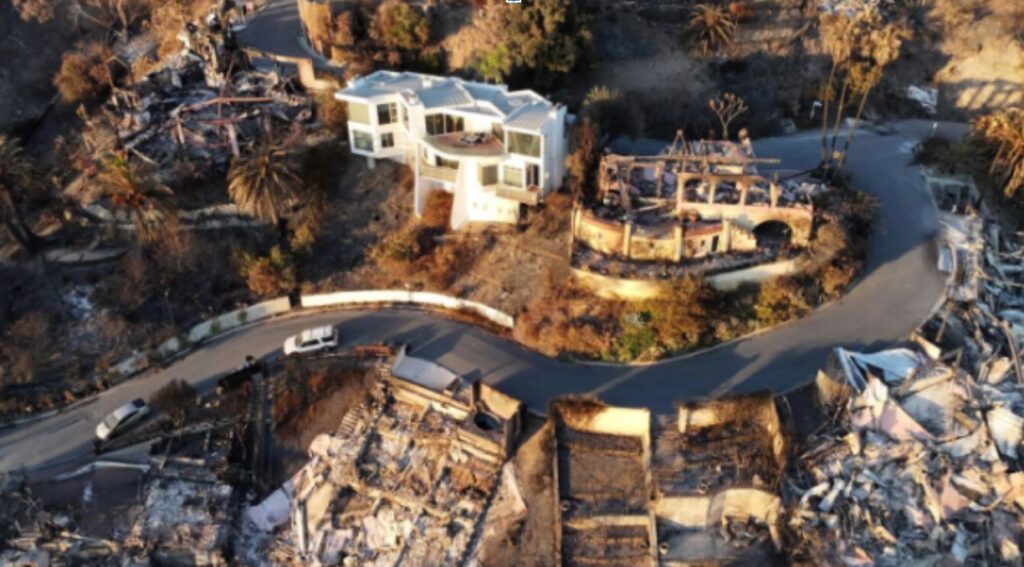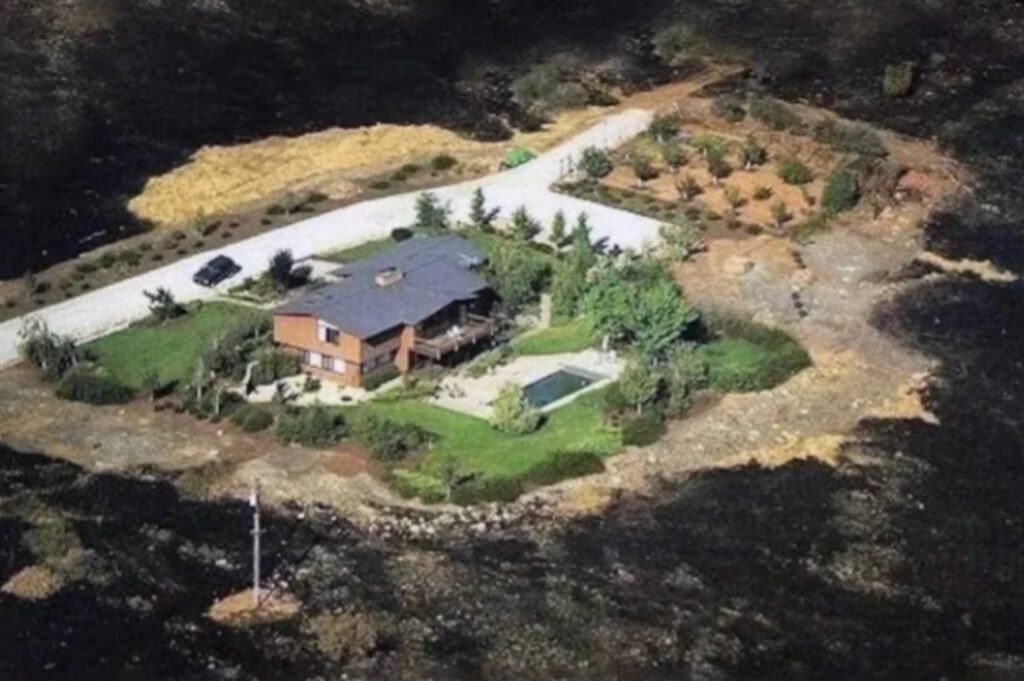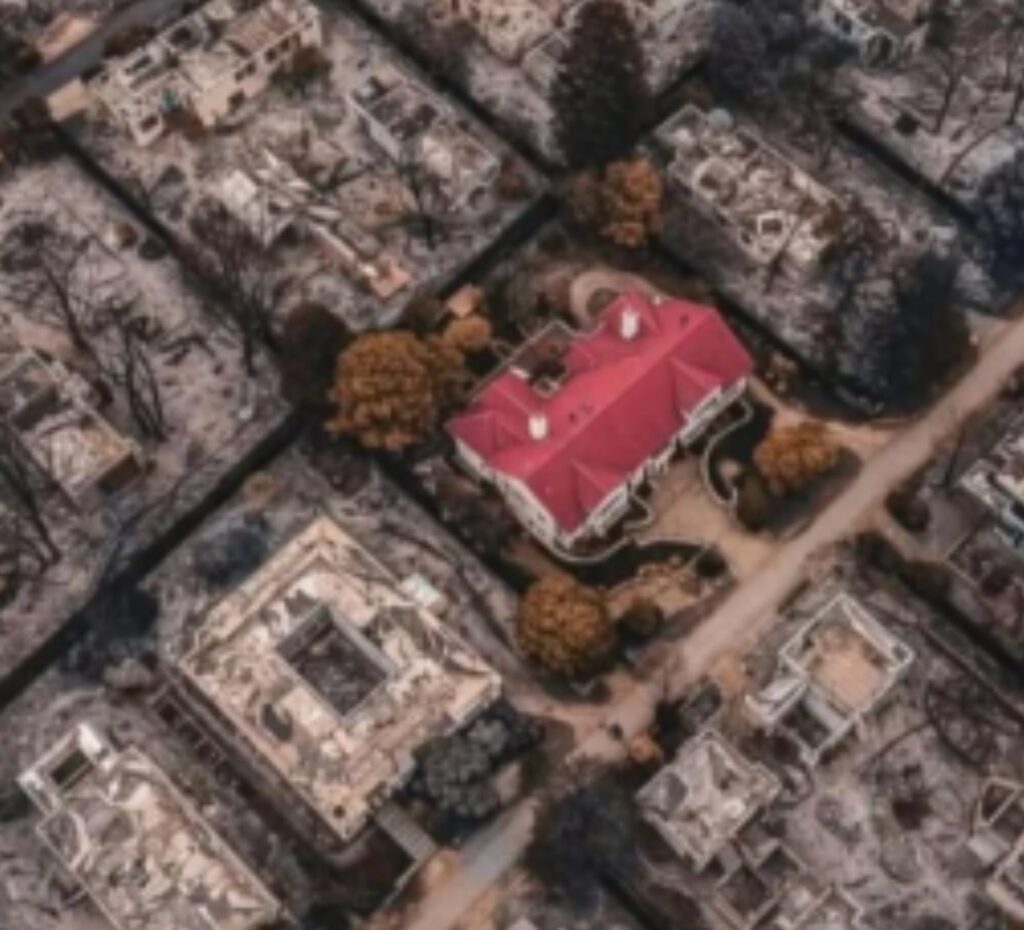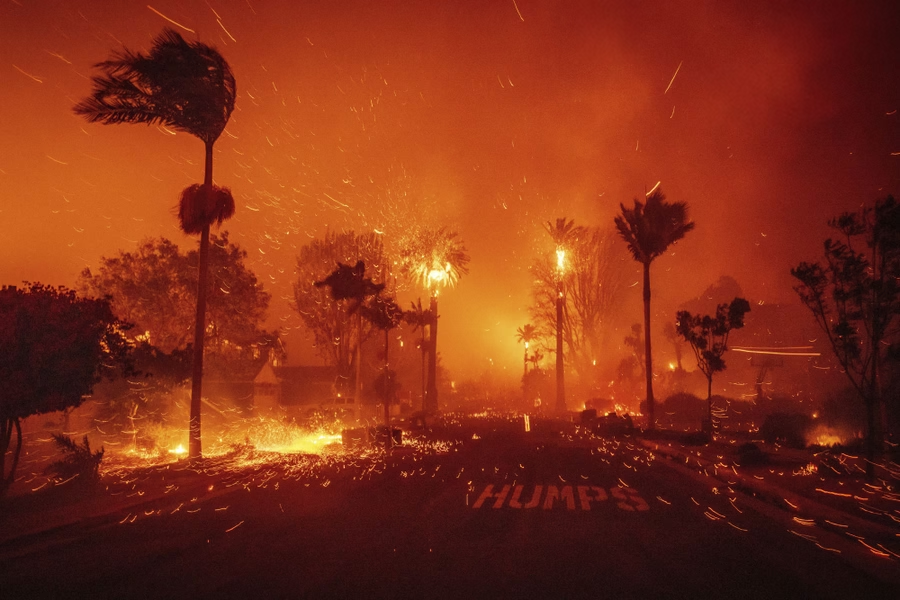Residential Wildfire Protection Systems: How Effective Are They?
Residential wildfire protection systems are becoming an essential safeguard for homeowners in high-risk fire zones. While this industry is still relatively new, the results are already remarkable. In wildfire after wildfire—both in the U.S. and abroad—automated sprinklers and retardant-spraying systems have saved entire streets while neighboring properties were reduced to ash.

These aren’t experimental gadgets. They’re proven mechanical systems using sprinklers, pumps, and distribution lines specifically designed for wildfire defense. The most effective models use tested wildfire retardants rather than water alone, offering protection that lasts during the most critical moments.
👉 Related: Why Wildfire Retardant Systems Work Better Than Water for Home Protection
Why Retardant-Based Residential Wildfire Protection Systems Work Best
Water often evaporates before the fire front arrives, leaving homes vulnerable. Retardants, on the other hand, stay active on surfaces, slowing ignition and reducing fire spread. Documented performance data confirms that homes protected with retardants have significantly higher survival rates.

When these systems activate ahead of a wildfire, they don’t just protect the structure—they protect everything inside:
- Irreplaceable photographs and keepsakes
- Pets and livestock that cannot be evacuated in time
- The safety of people sheltering in place when escape routes are cut off
Example: In rural and equestrian properties, a well-functioning system can save entire barns, stables, and valuable livestock.
👉 Learn more: Wildfire Action Plan – steps to prepare your property before fire season.
Proven Success Rates Across Multiple Wildfires
U.S. Success Stories
Jan 2025 LA Fires (Palisades, Sunset, Eaton) – 59 of 61 homes (96%) with residential wildfire protection systems survived.
🌐 – NBC Bay Area – New tech helped homes defend LA firestorm
Ham Lake Fire (Minnesota, 2007) – 188 properties with exterior sprinklers all survived, while over 100 neighboring properties were lost.
🌐 – Minnesota Wildfire Sprinkler Report

International Case Studies
Black Saturday Bushfires (Victoria, Australia, 2009) – Homes with rooftop sprinklers had double the survival rate of non-equipped homes.
🌐 – CSIRO Report
Tasmania Bushfires (2013) – Sprinkler-protected community buildings in Dunalley largely survived.
🌐 – Tasmania Fire Service Review
Yarloop Fire (Western Australia, 2016) – Several residential and commercial properties survived despite surrounding destruction.
🌐 – Yarloop Bushfire Recovery Report
What Homeowners Say About Their Systems
Anecdotal accounts often mirror the data:
- Homeowners watched their residential wildfire protection systems stop fire in its tracks.
- Many reported their homes stayed cool and intact while surrounding properties burned.
- Equestrian property owners returned to find their animals safe in paddocks, with zero smoke damage to barns.
These stories aren’t just emotional—they’re powerful proof that the systems work.
Insurance Companies Are Taking Notice
With survival rates approaching 99% for properly installed systems, some insurance companies are now offering better coverage or helping homeowners move off costly state FAIR Plans once wildfire preparedness measures are in place.
👉 Related: California FAIR Plan Home Hardening Discounts for Wildfire Preparedness
Why You Should Invest in Residential Wildfire Protection Systems Now
Every credible case we’ve found points to the same conclusion: Residential wildfire protection systems work. They are a proven, tested technology that can dramatically shift the odds in favor of your home’s survival.
👉 Next Step: Schedule a Wildfire Action Plan consultation to evaluate your property’s risks and customize a protection strategy.


Leave a Reply